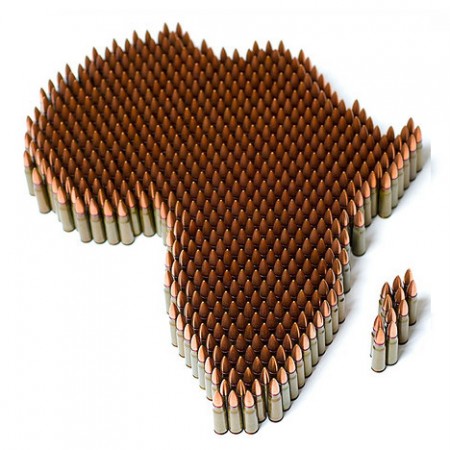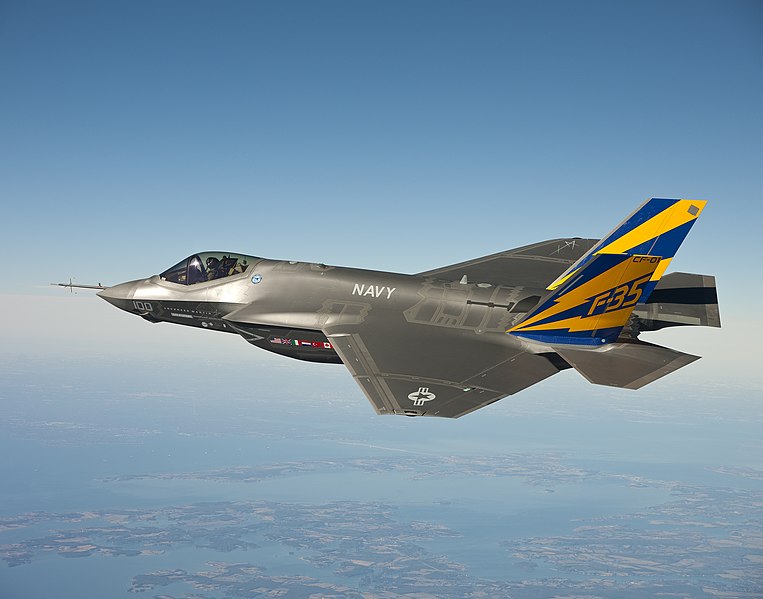
This article was originally published June 17 2014 by the Institute for Security Studies (ISS).
Over the past five decades, Africa has experienced significant change and positive transition. However, violent conflict continues to compromise prospects for sustained human development and economic progress. As part of its 50th Anniversary Declaration in May 2013, the African Union (AU) set itself the goal of ending all wars in Africa by 2020 and is now working on a roadmap towards a conflict-free continent (‘silencing guns in Africa’, as the slogan goes).
Is this goal in fact attainable? Ending wars is imperative, as violent conflict is the biggest impediment to a more prosperous Africa. But what would the concrete benefits look like over time; and would the absence of war by 2020 really boost Africa’s economic and human development and yield immediate dividends? By generating momentum for this kind of discussion in the context of the post-2015 development agenda, the AU’s aggressive target is noteworthy.




